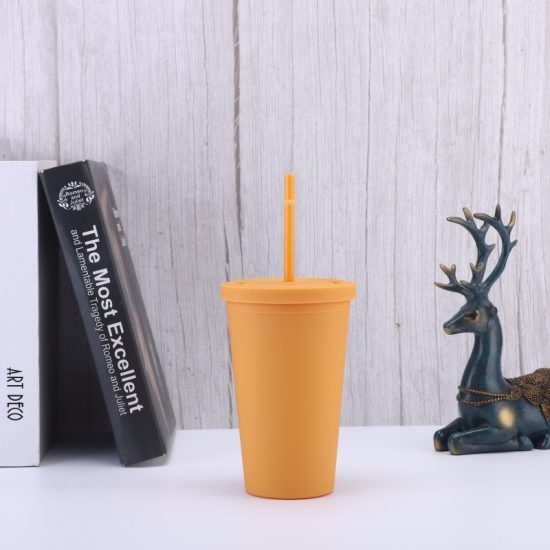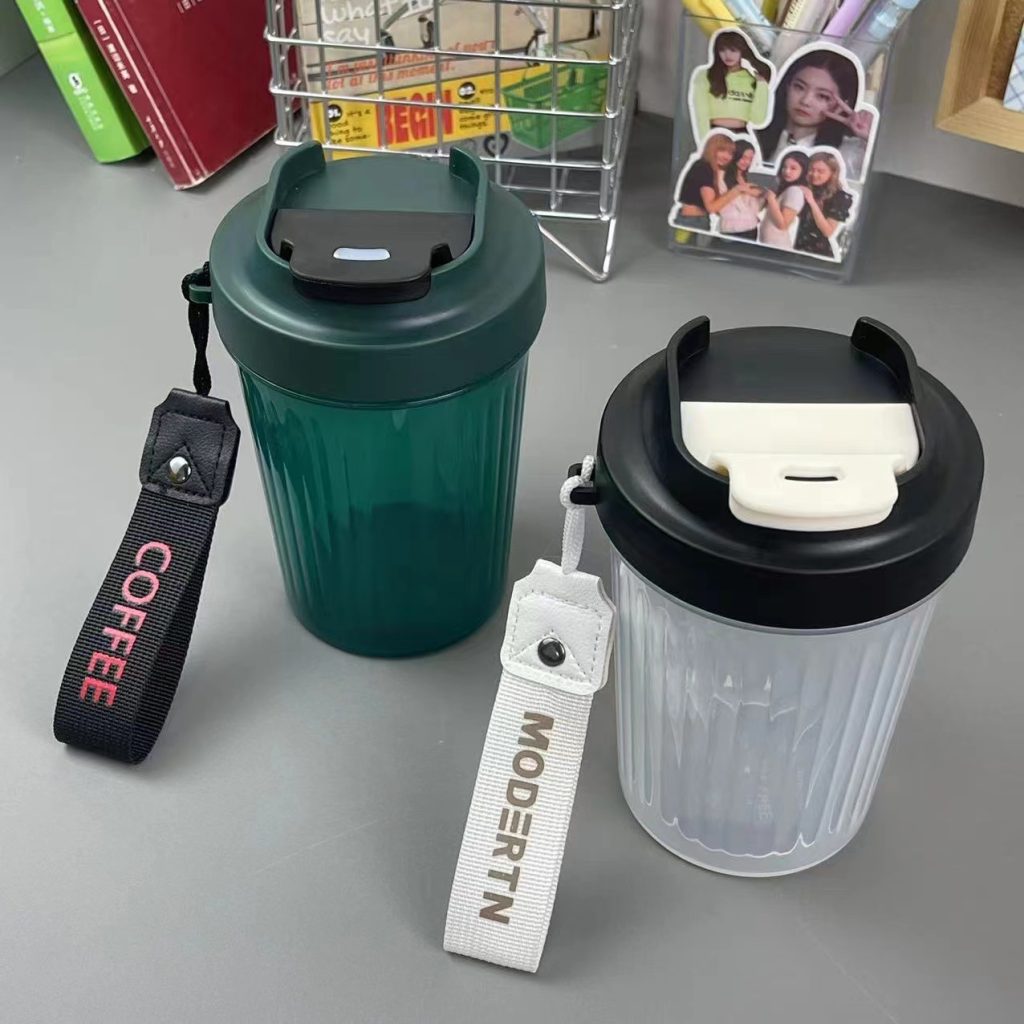The history of plastic tumblers can be traced back to the mid-20th century, when advances in plastics technology allowed for the production of durable, lightweight, and affordable plastic products. Prior to this, tumblers were typically made from glass or ceramic materials, which were heavier and more fragile.
The first plastic tumblers were often made from melamine, a type of plastic that was popular in the 1950s and 1960s for its durability and bright colors. However, melamine fell out of favor in the 1970s when it was found to release toxic chemicals when heated.
Since then, plastic tumblers have been produced using a variety of different plastic materials, including polycarbonate, polypropylene, and Tritan. These materials are known for their durability, lightweight, and resistance to breaking or shattering, making them ideal for use in outdoor settings, such as picnics, camping, and other recreational activities.
Today, plastic tumblers are widely available in a range of colors, sizes, and designs, and are a popular choice for both personal and commercial use. They are often customized with logos, designs, or text to promote businesses, events, or other organizations, and are a versatile and practical item that can be used in a variety of settings.



